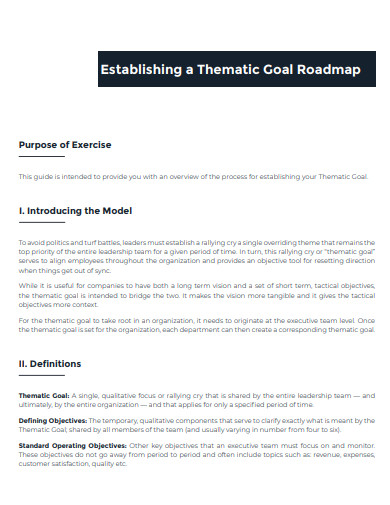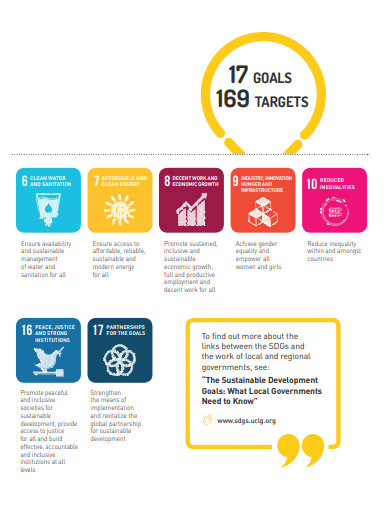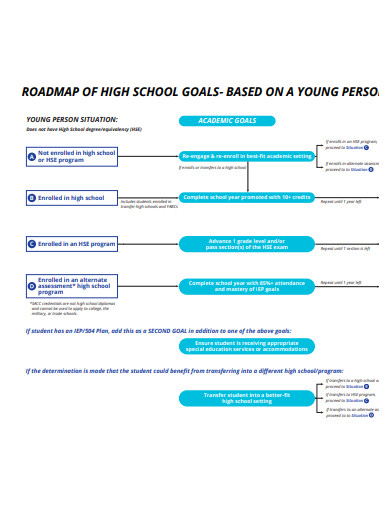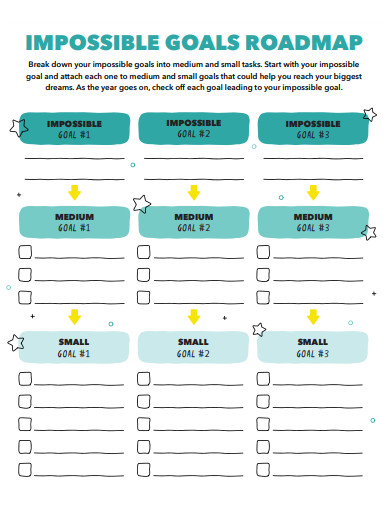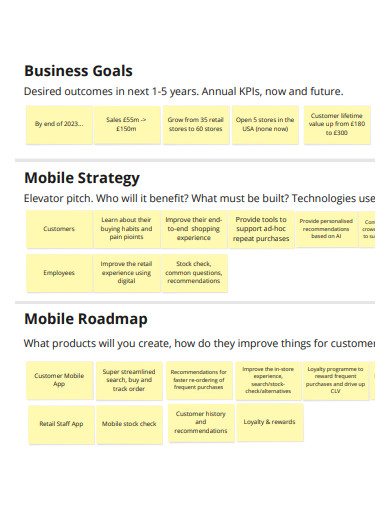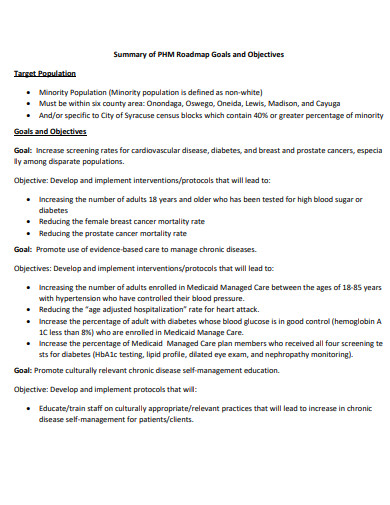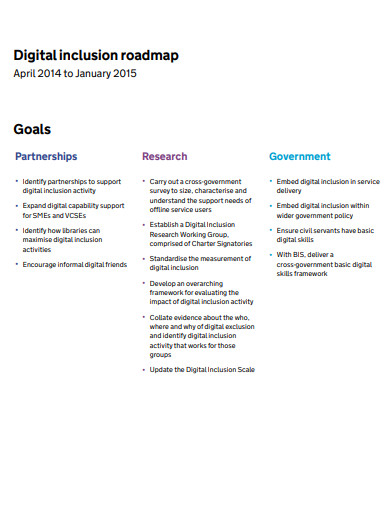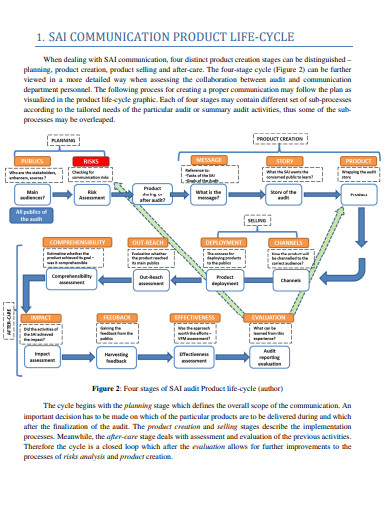Do you find SMART goals overwhelming? Do you dread the process of goal-setting? You’re not alone. We all know goal-setting is not as easy as writing or visualizing what you want and attracting it in your life. Yet, most of us don’t take goal-setting seriously. Today, let me make it easy and simple for you to set goals and create a life roadmap to success on your own. This roadmap process works for any goal – including health, fitness, finance, business, dating, relationship, learning, and other personal development goals. Here’s the problem: success can easily become a dirty comparison game. When you aim for success without a goal roadmap, you never make enough progress and it becomes a chronic source of overwhelming stress. Success can be fun when you define it and achieve it on your own terms. That’s why creating a success roadmap will not only help you get clear, but it will also show you how far you have come. That way, you’ll be inspired to progress and still be grateful for your growth.
10+ Goals Roadmap Samples
1. Project Goals Roadmap
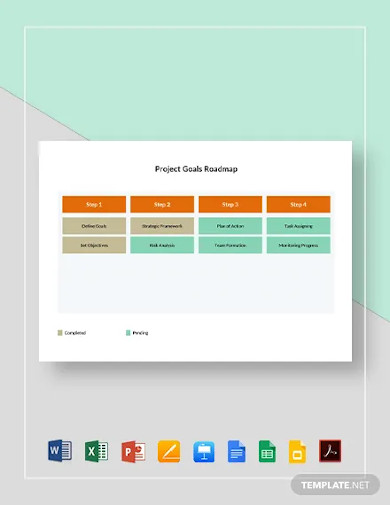
2. Product Goals Roadmap
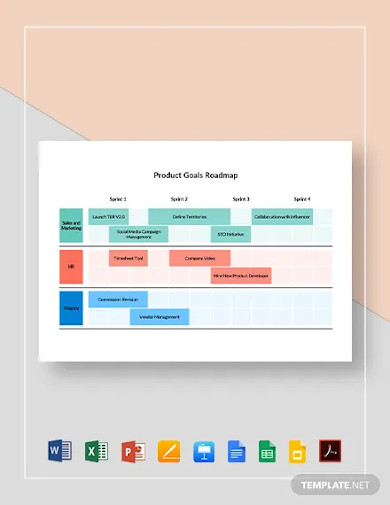
3. Customer Goals Roadmap
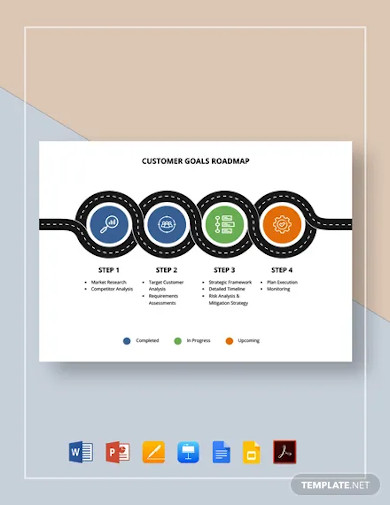
4. Goals Roadmap
5. Sample Goals Roadmap
6. High School Goals Roadmap
7. Simple Goal Roadmap
8. Goal Roadmap Example
9. Formal Goal Roadmap
10. Digital Inclusion Goal Roadmap
11. Printable Goals Roadmap
What is a Roadmap?
A roadmap is a visual representation of your strategic plans. It ties together your strategy (the “why”), the work you will need to do to achieve your goals (the “what”), and a timeline for completion (the “when”). As a high-level plan for how you will accomplish your goals, a roadmap helps you picture the work that needs to be done along with a corresponding schedule.
How to Make a Goals Roadmap
1. Define The Big Picture
This is the mission and vision of your goal. Go into details about the outcome you’d like to achieve and make sure to include a compelling reason for going on this journey.
The details should be tangible and the reason should ignite a fire in you as you read it.
Our goals often stem from things we don’t want. So another thing you can do is define the undesired outcome you’ll get if you don’t follow through.
2. Define The End Of The Roadmap
Nothing moves people like a deadline. So to make consistent progress, give your roadmap an end. It could be in years, months, weeks, or even days. Once the roadmap ends, you can always create another one to keep making progress.
At the end of the roadmap, define three specific desired outcomes:
- Challenging outcome: The desired result
- Ambitious outcome: Stretch your mind and make the result way bigger
- Tiny outcome: The smallest criteria for success
Once you define the outcomes, detach from all of them. The purpose of defining the outcomes is to have a direction. So prepare yourself for failure and don’t get paralyzed upon failure because you can enjoy your growth and take away valuable lessons even if you fail.
3. Define The Milestones, Achievements And The Rewards
There are 2 types of milestones or achievements, and you want to define both types:
- Outcome-based (under your influence, but not in your control)
- Behavior-based (in your control)
Behavior is mostly in your control while too many factors that are not under your control can influence the outcome, so we’ll keep them separate. The number of milestones or achievements you want to define is up to you. As a guideline, try not to keep them too frequent or too infrequent. To celebrate your progress, set rewards based on what you truly enjoy doing and what is congruent with your goals. Spread these rewards as you wish upon reaching the milestones or achievements.
4. Define The Process
Define the actions you need to take to reach the desired outcome. If you’re unsure of the process, you can research or ask people who have reached the goals you want to reach. Also, define the person you need to become to get what you want. Then, identify yourself with the kind of person who has already reached the desired outcome and let go of the limiting beliefs holding you back.
5. Define The Obstacles
Brainstorm every obstacle you can think of and list them down. The intention is to mentally (or physically) prepare for them. Even when you define everything you can think of, you’ll most likely encounter surprising obstacles.
6. Track Your Actions
Define how you’ll track the daily or regular actions you defined in step 4. To track, you can use the good old pen-and-paper or any fancy app you like.
To make it easier, you can:
- Set reminders
- Put it on your calendar
- Put it in your daily success checklist
- Commit to others or join a community (for accountability)
- Make the steps tiny (if they require a lot of willpower)
- Set stakes for not taking the steps forward (if you struggle with commitment)
FAQs
What is the difference between a roadmap and a project plan?
A roadmap is a visualization of your strategic initiatives and the major areas of work you will pursue. A project plan is a supporting document that lays out the specifics of what you need to do to achieve those initiatives. Use a roadmap to define the high-level goals and give an overview of how you will accomplish them. Then create a corresponding project plan to capture the step-by-step actions you will take to reach each goal along the way.
How do roadmaps benefit a business?
Roadmaps help you see the future and show the “why” behind the work. Your roadmap helps:
- Clarify business strategy
- Communicate company-wide goals and initiatives to internal teams
- Link department goals to business goals
- Share annual plans with external groups such as advisory boards and partners
- Track organizational performance and report on KPIs
Do a regular review. The review can take place daily, weekly, monthly, or yearly. The purpose of this review is to identify what’s working, what’s not working, and what you can do better. Edit the milestones, next actions, or the desired outcomes as required. This is the time when you’ll come back to the roadmap, give yourself rewards for the milestones reached, and see the big picture. Like tracking, you can use a note-taking app or good old pen-and-paper for the review. But make sure you save and record them in one place so you can always look back. To help you get started making the roadmap, download our free sample templates above to use as your guide!
Related Posts
FREE 10+ Startup Roadmap Samples in MS Word | MS Excel | PowerPoint | Apple Pages | Google Docs | Google Sheets | Slides | Keynote | PDF
FREE 10+ Quality Roadmap Samples in MS Word | MS Excel | PowerPoint | Apple Pages | Google Docs | Google Sheets | Slides | Keynote | PDF
FREE 10+ Timeline Roadmap Samples in MS Word | MS Excel | PowerPoint | Apple Pages | Google Docs | Google Sheets | Slides | Keynote | PDF
FREE 10+ HR Roadmap Samples in MS Word | MS Excel | PowerPoint | Apple Pages | Google Docs | Google Sheets | Slides | Keynote | PDF
FREE 10+ Personal Roadmap Samples in Word | Google Docs | Google Slides | Apple Keynote | PowerPoint | Apple Pages | PDF
FREE 10+ Development Roadmap Samples in Word | Google Docs | Google Sheets | Excel | Slides | Keynote | PPT | PDF
FREE 10+ Training Roadmap Samples in MS Word | Google Docs | Google Slides | Apple Keynote | PowerPoint | Apple Pages | PDF
FREE 10+ Management Roadmap Samples in Word | Google Docs | Google Sheets | Excel | Slides | Keynote | PPT | PDF
FREE 10+ Program Roadmap Samples in Word | Google Docs | Google Sheets | Excel | Slides | Keynote | PPT | Pages | PDF
FREE 10+ Project Roadmap Samples in MS Word | Google Docs | Google Slides | Google Sheets | PPT | MS Excel | Apple Pages | Apple Numbers | PDF
FREE 10+ Process Roadmap Samples in MS Word | Google Docs | Google Sheets | PPT | MS Excel | Apple Pages | Apple Numbers | PDF
FREE 10+ Strategy Roadmap Samples in MS Word | Google Docs | Google Sheets | PPT | MS Excel | Apple Pages | Apple Numbers | PDF
FREE 5+ Sales Plan Roadmap Samples in PDF
FREE 15+ Software Roadmap Samples in PDF
FREE 6+ Business Roadmap Samples in PDF

